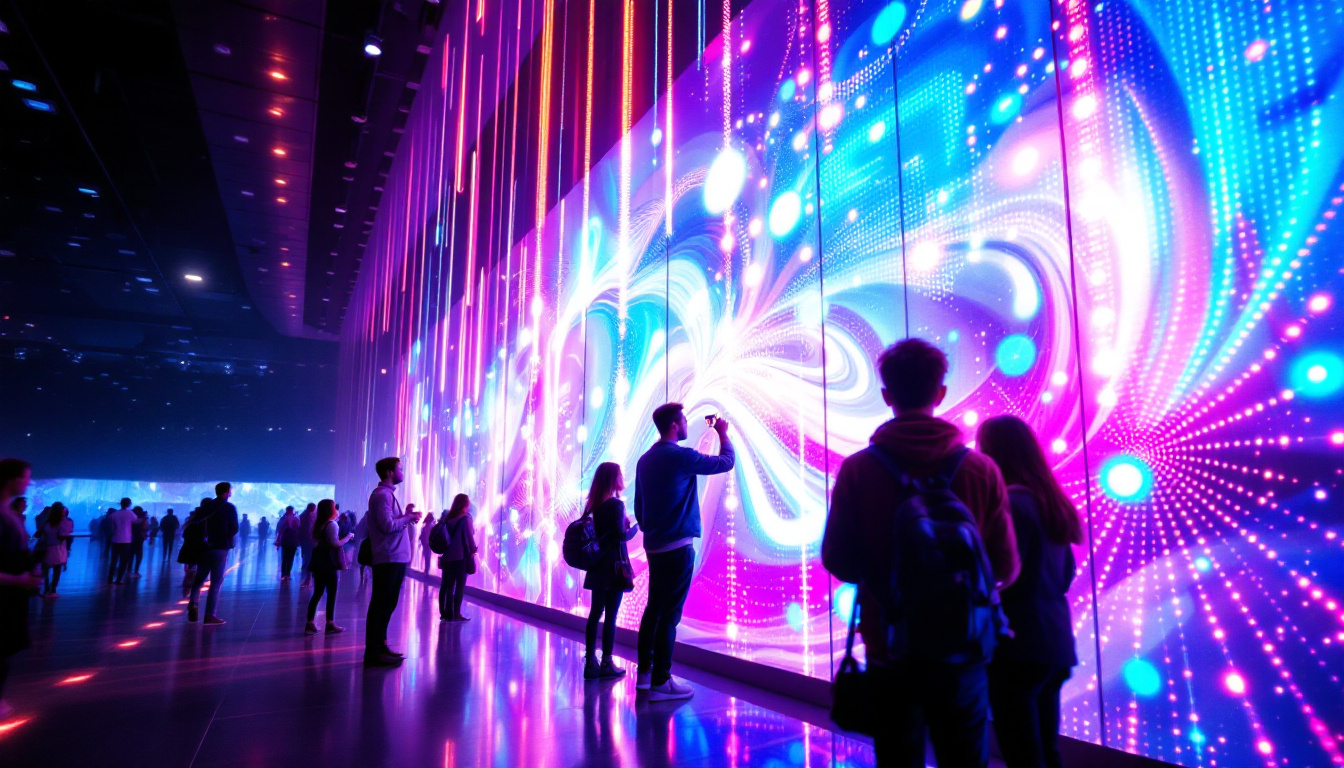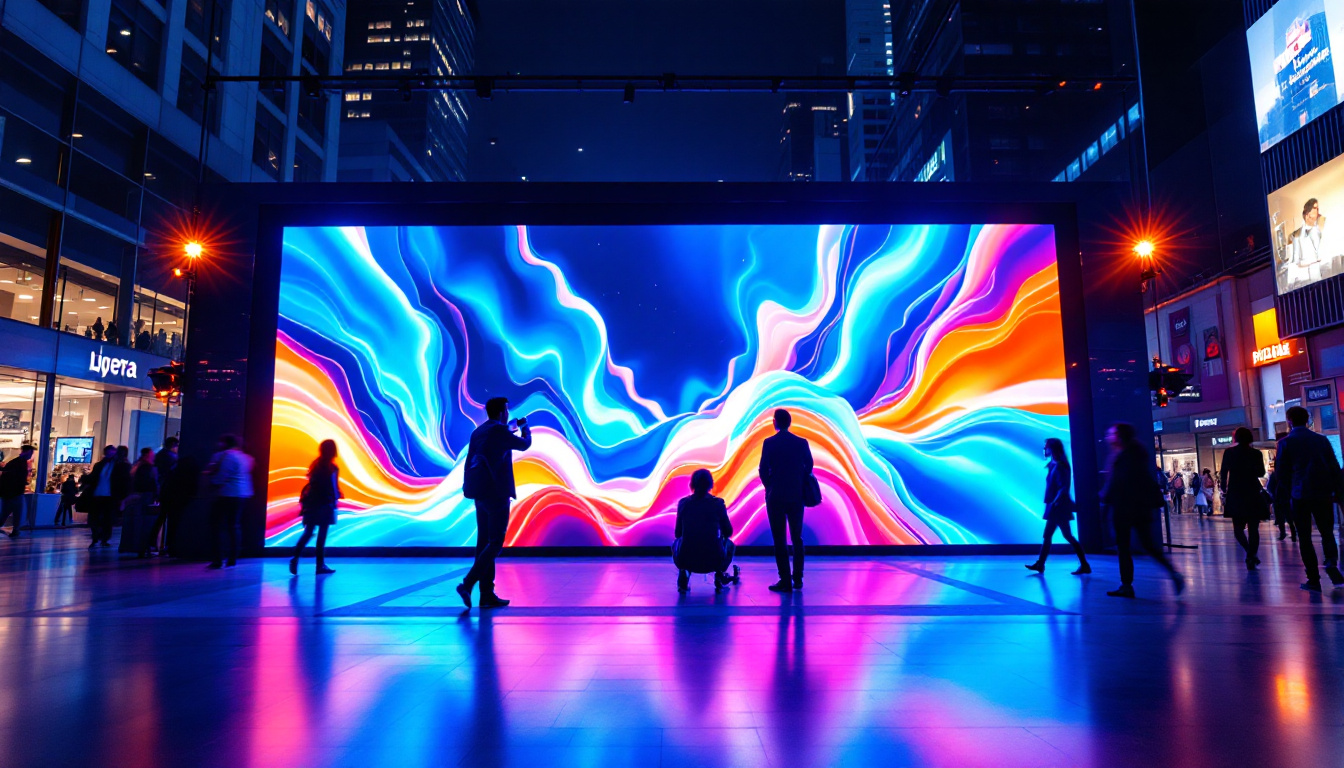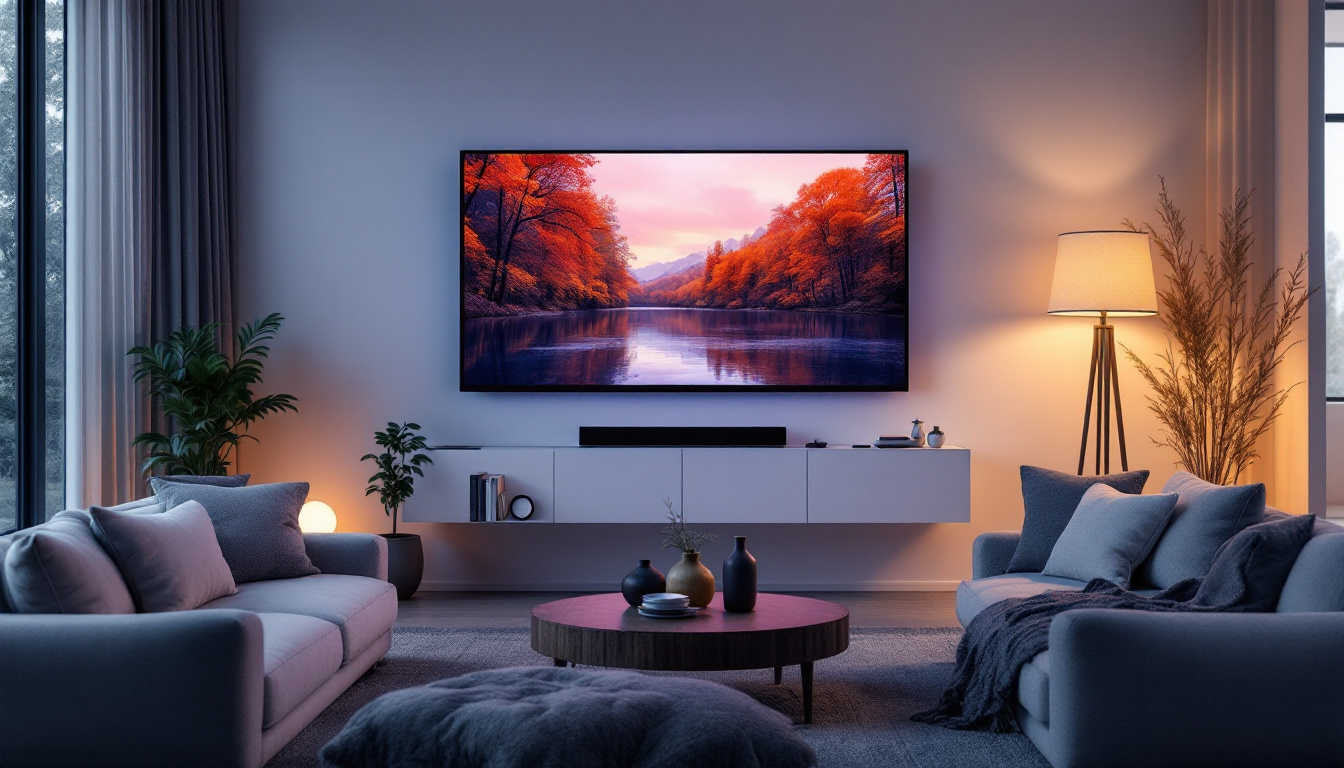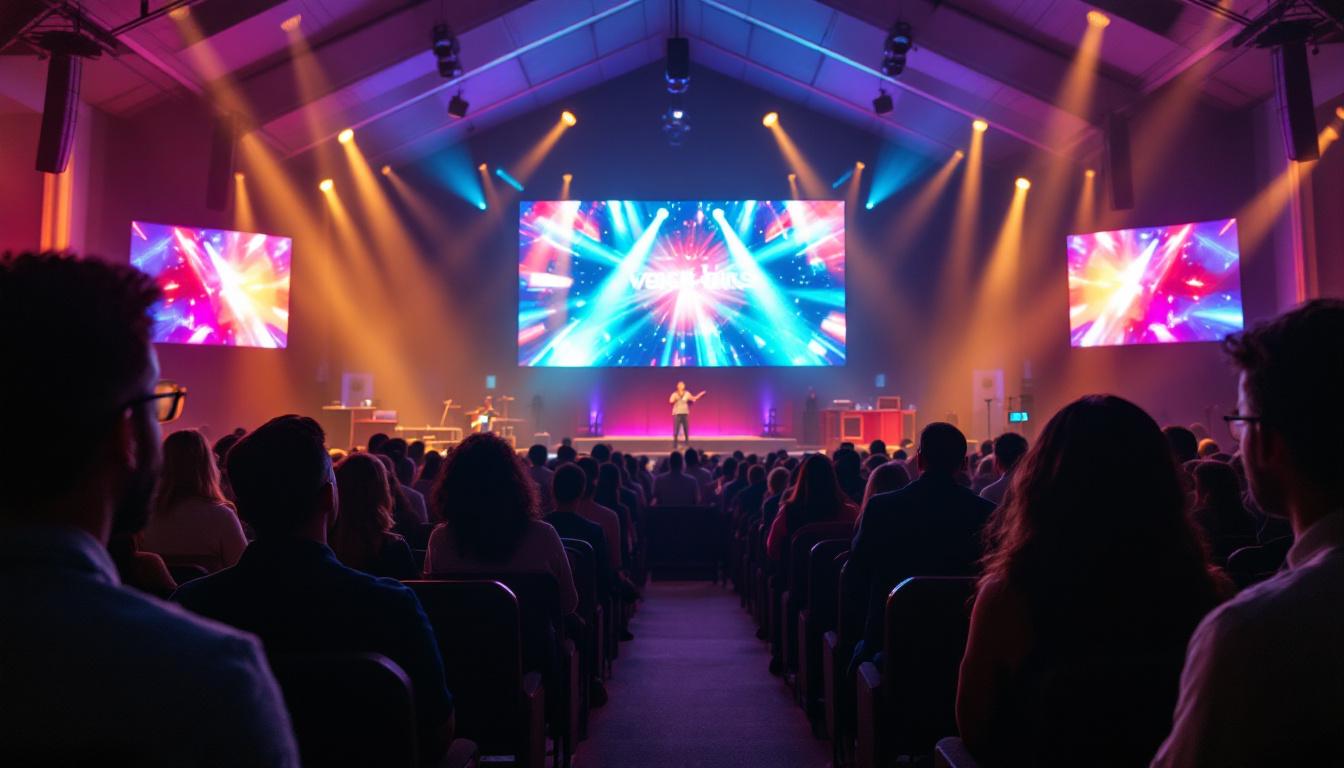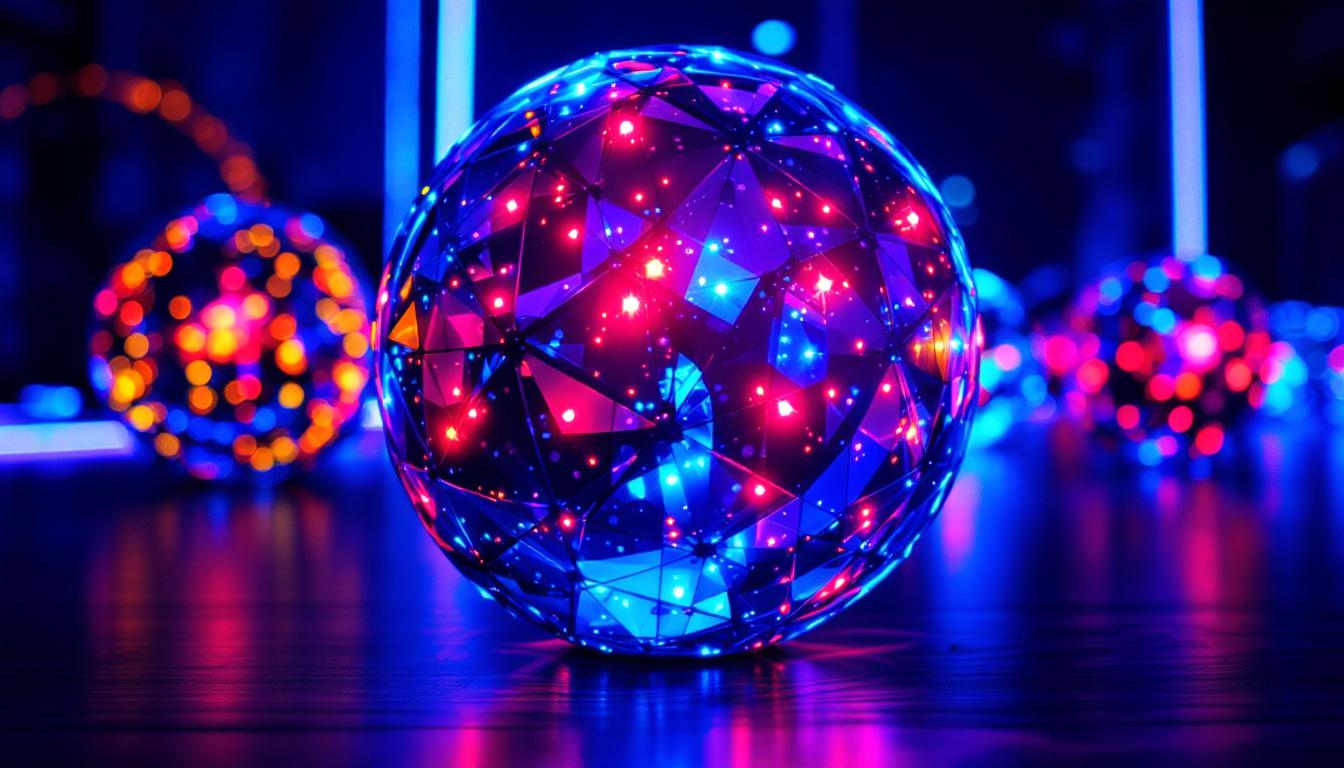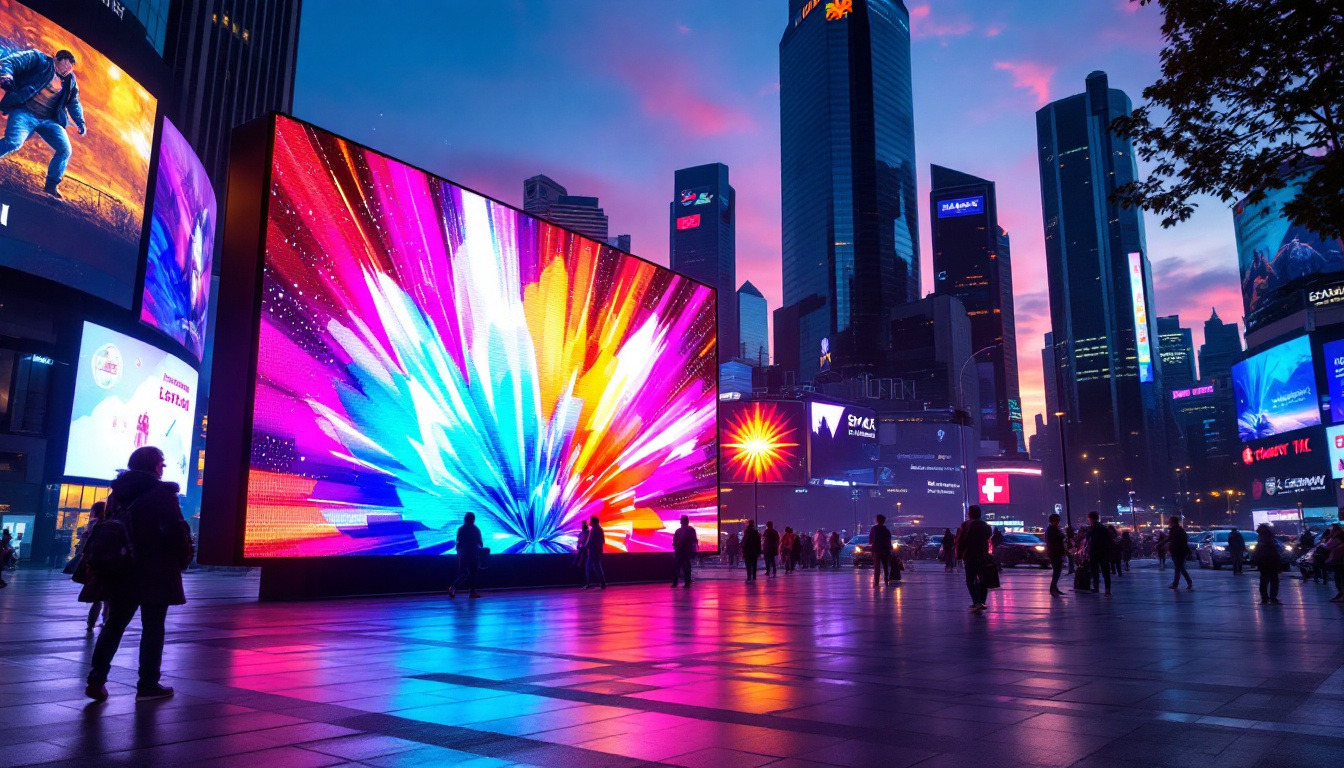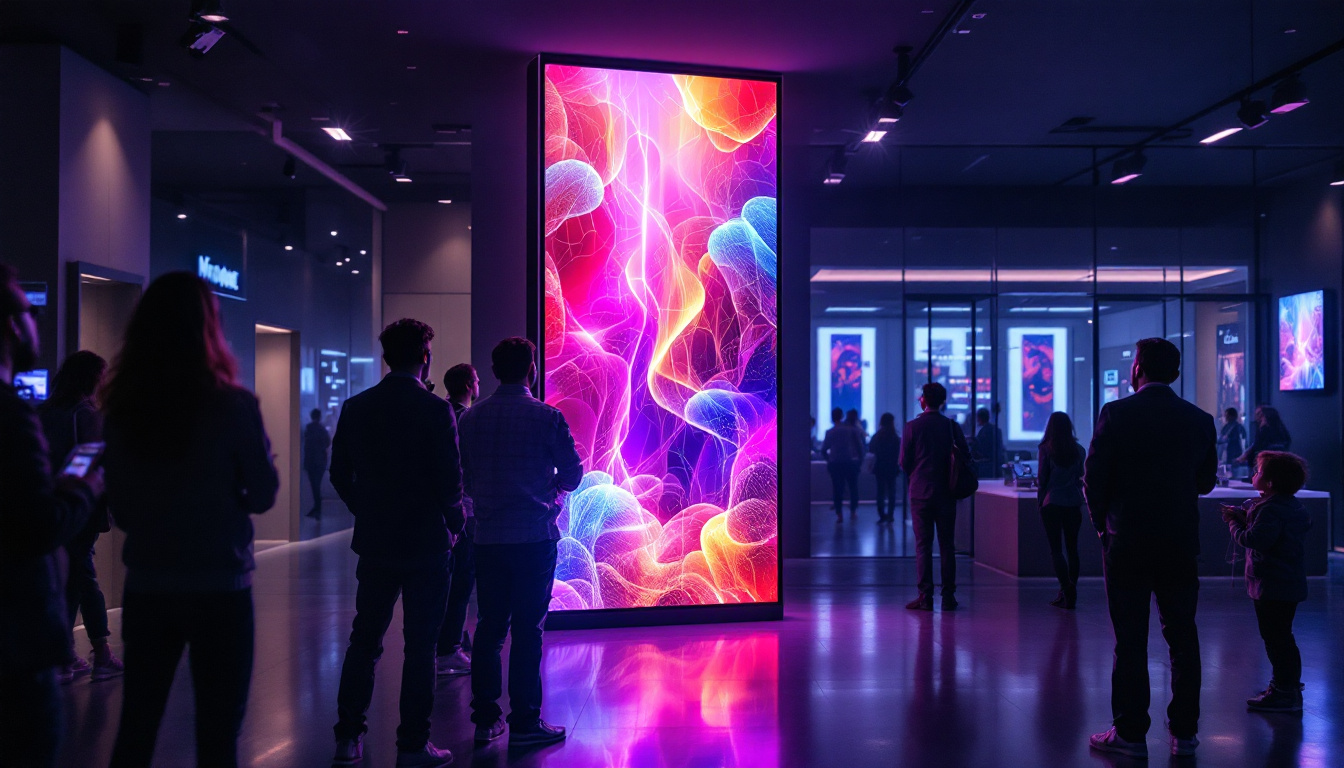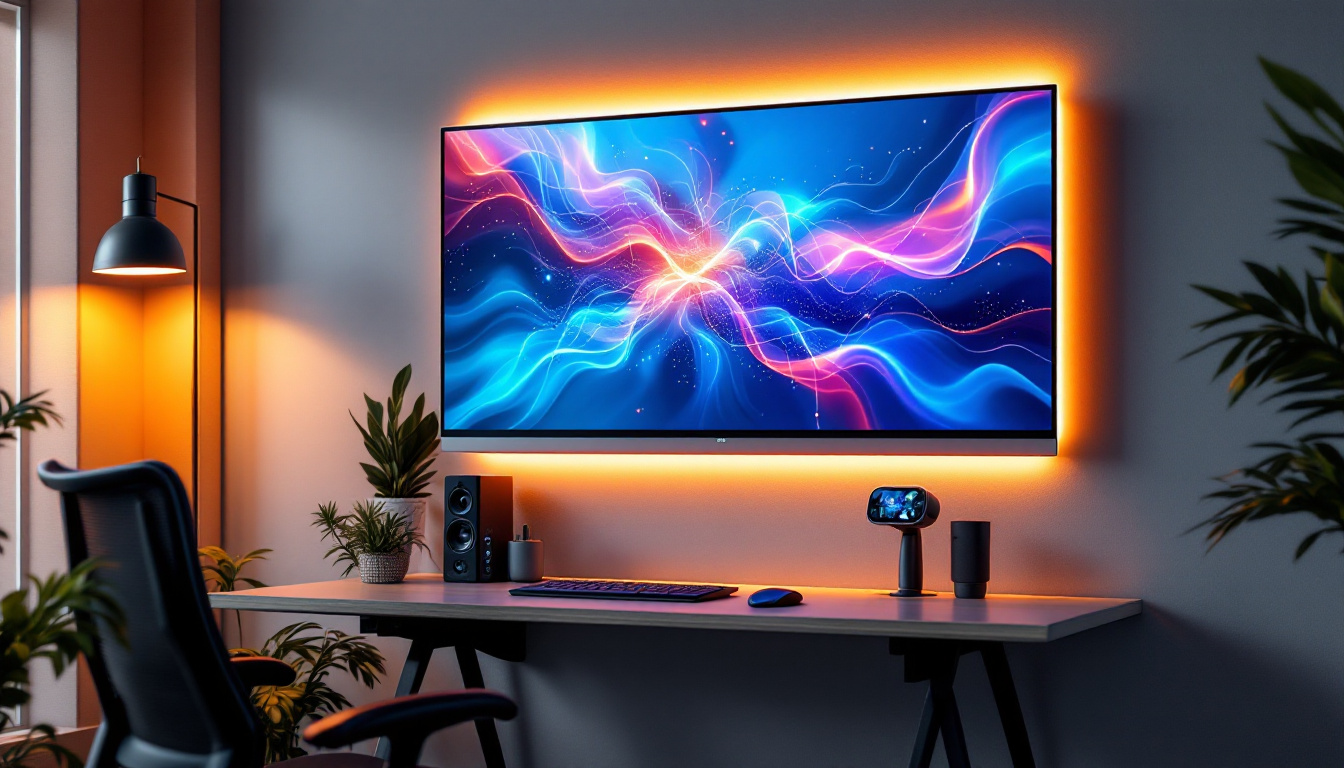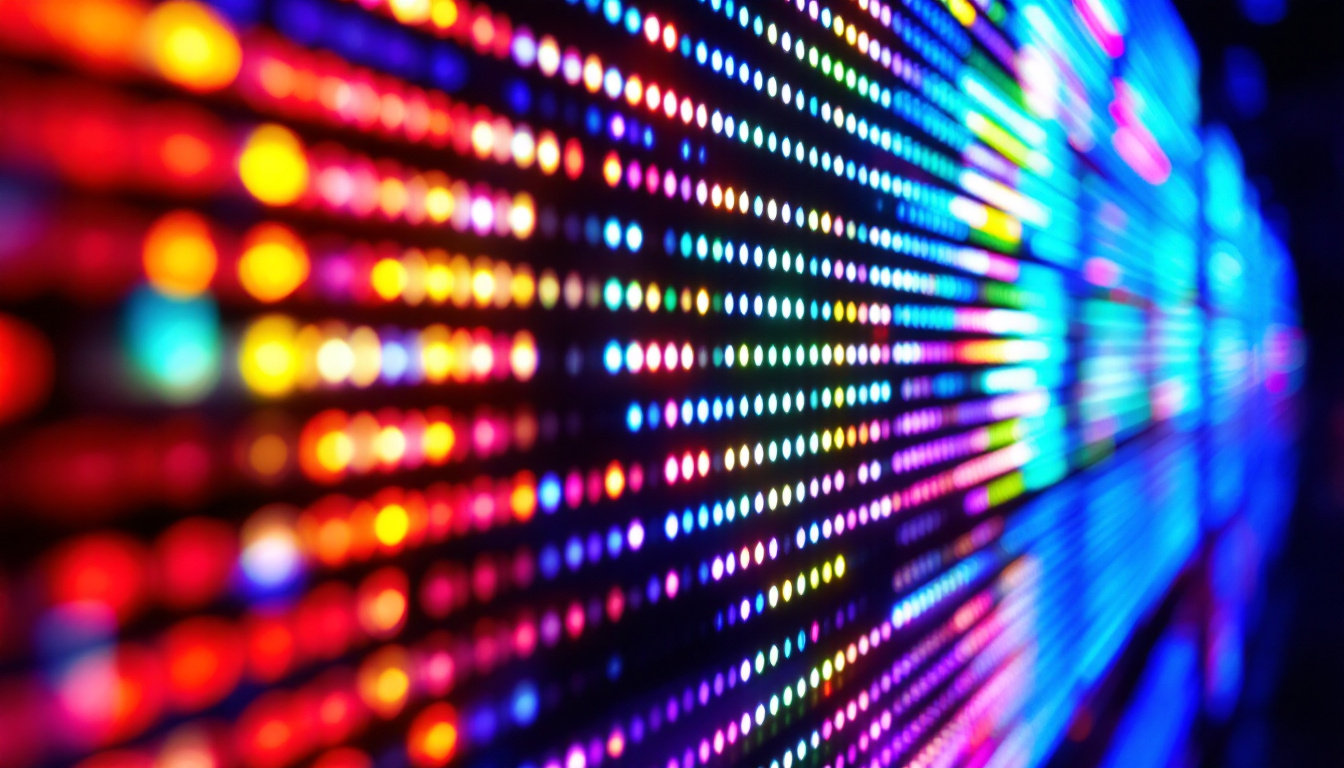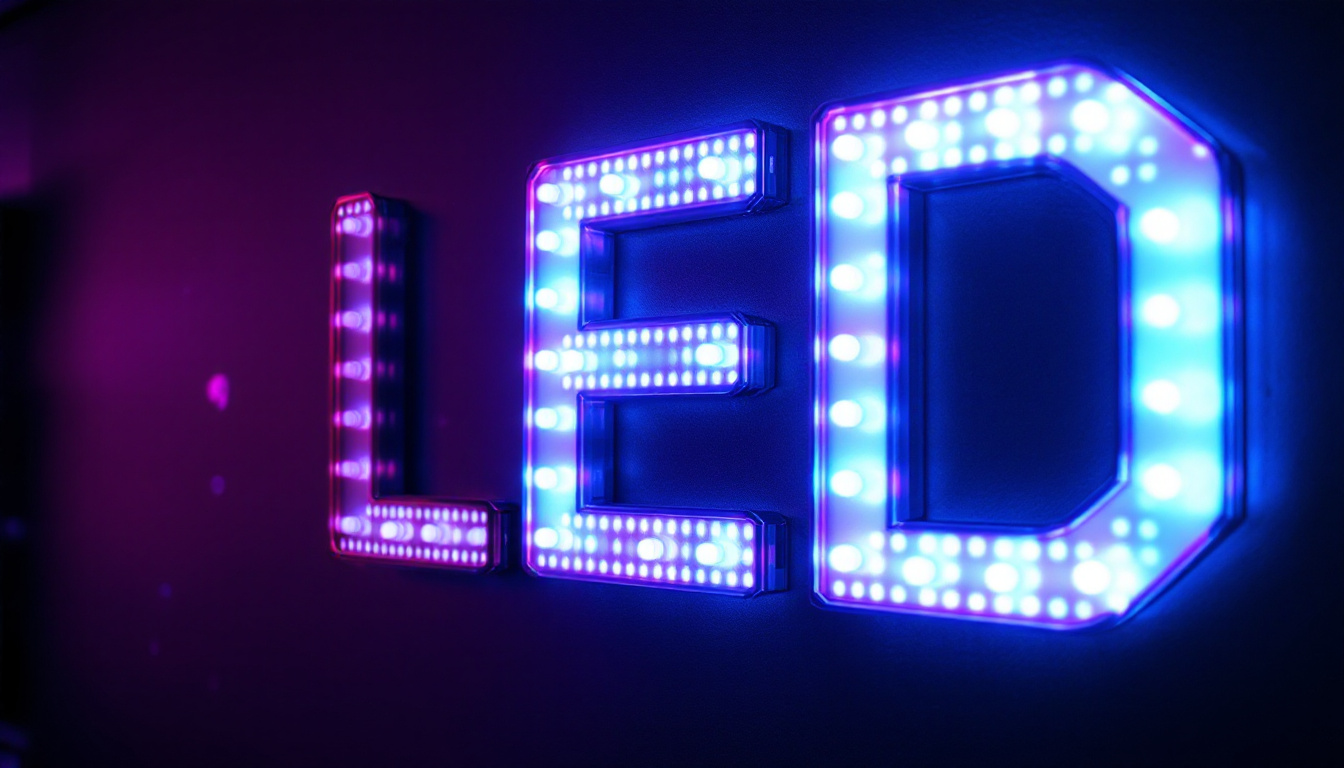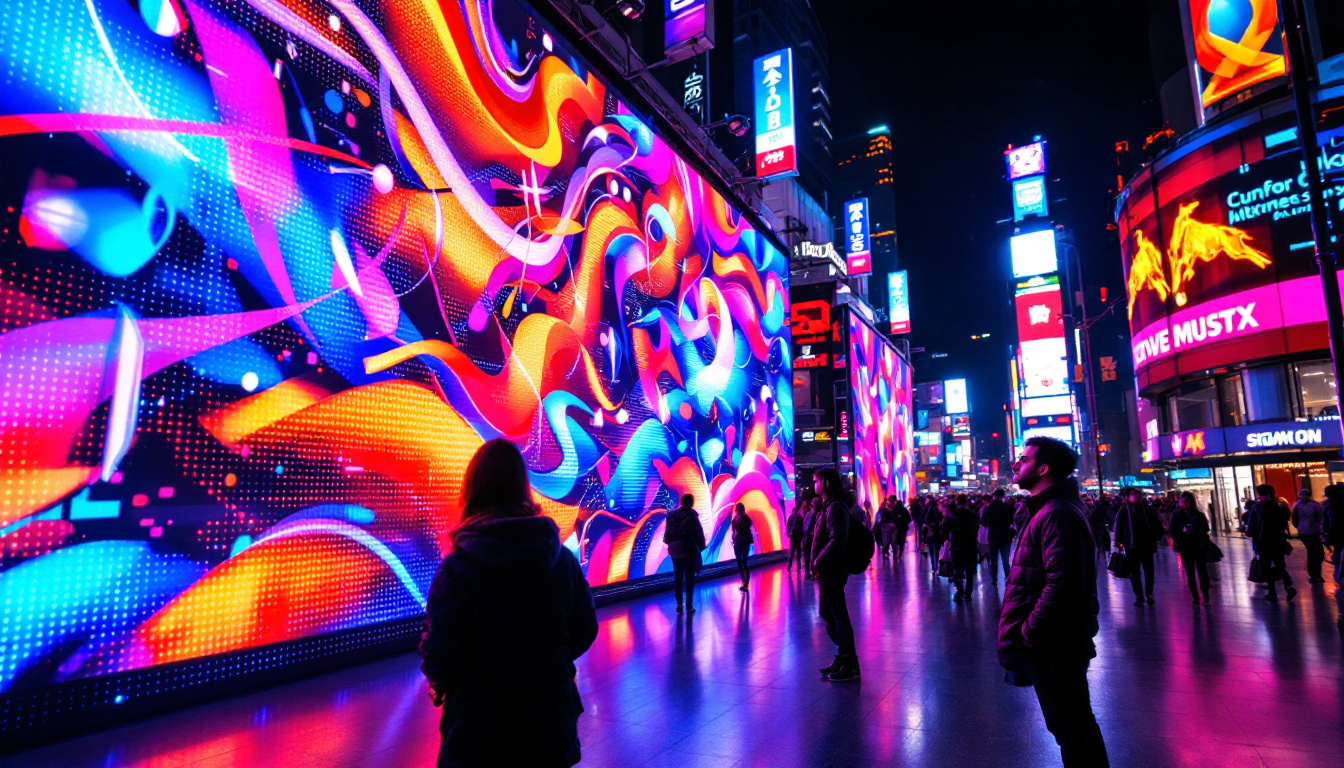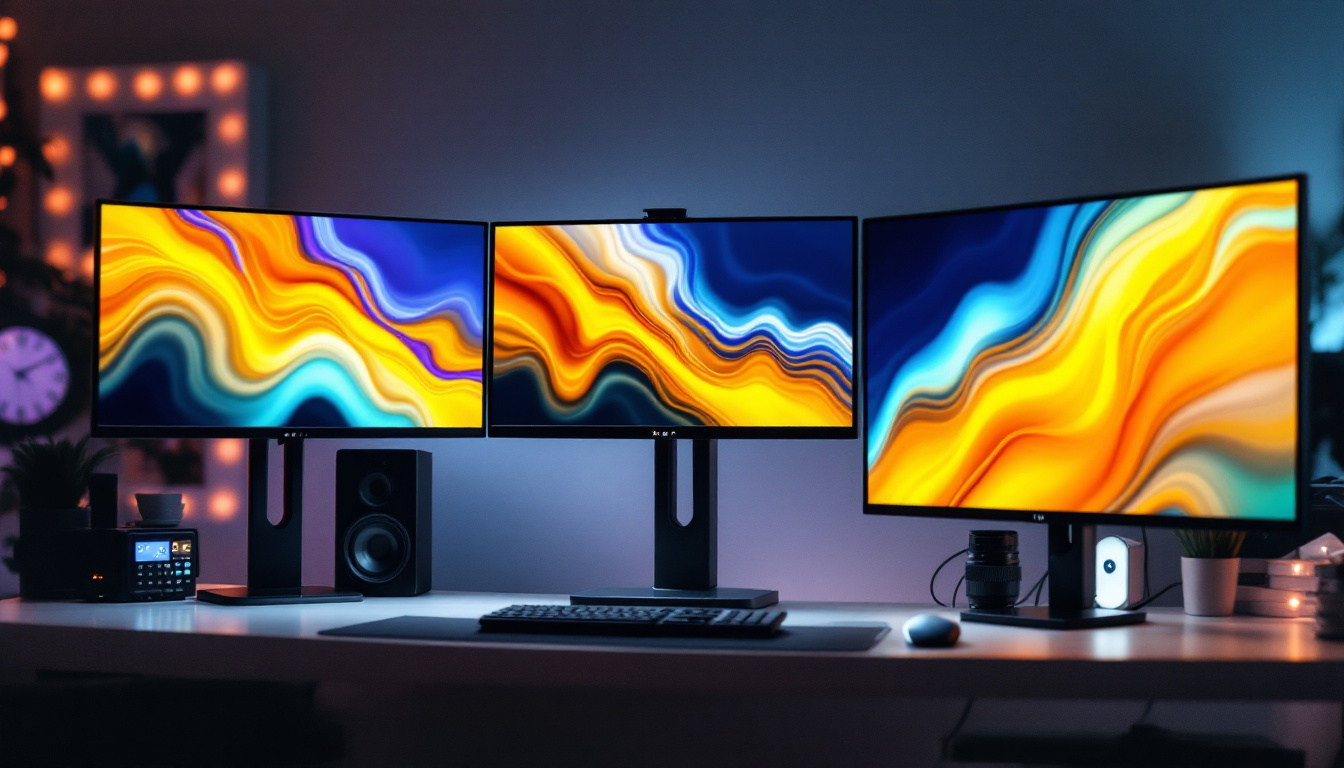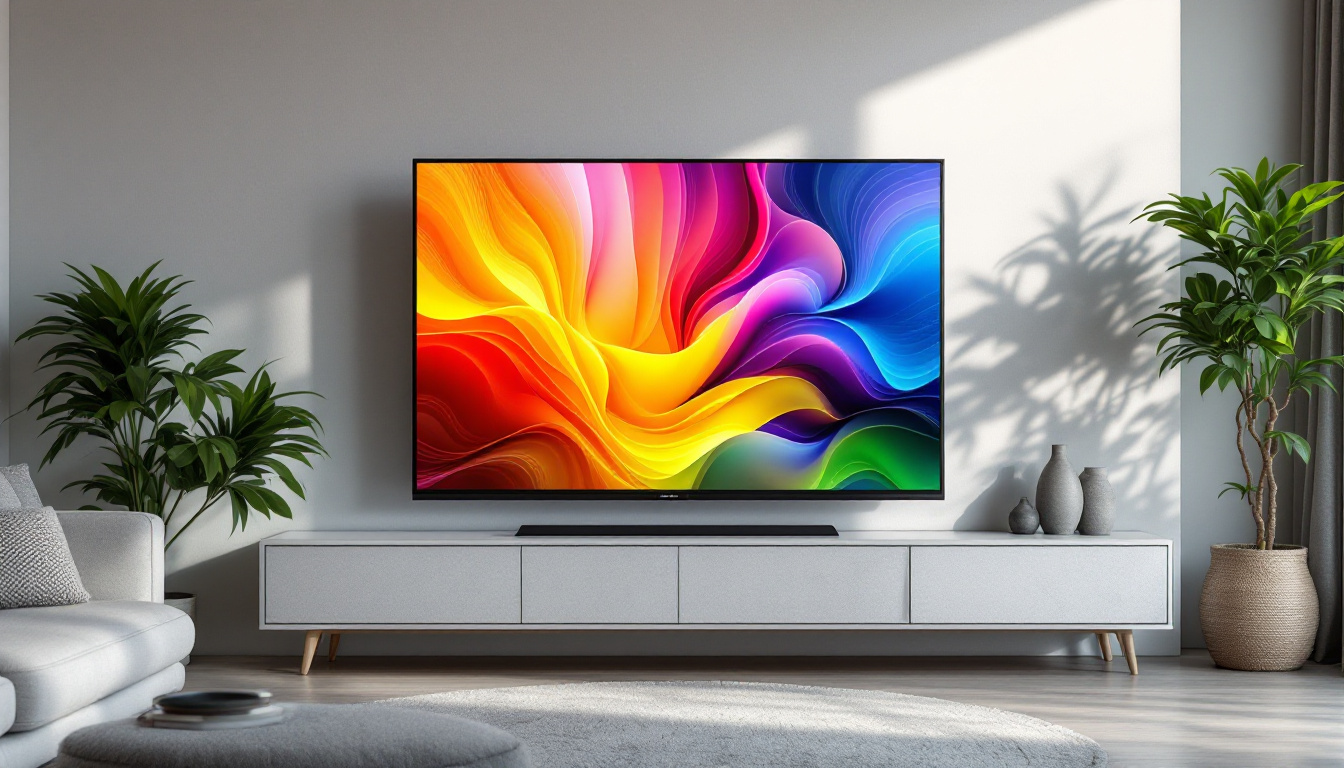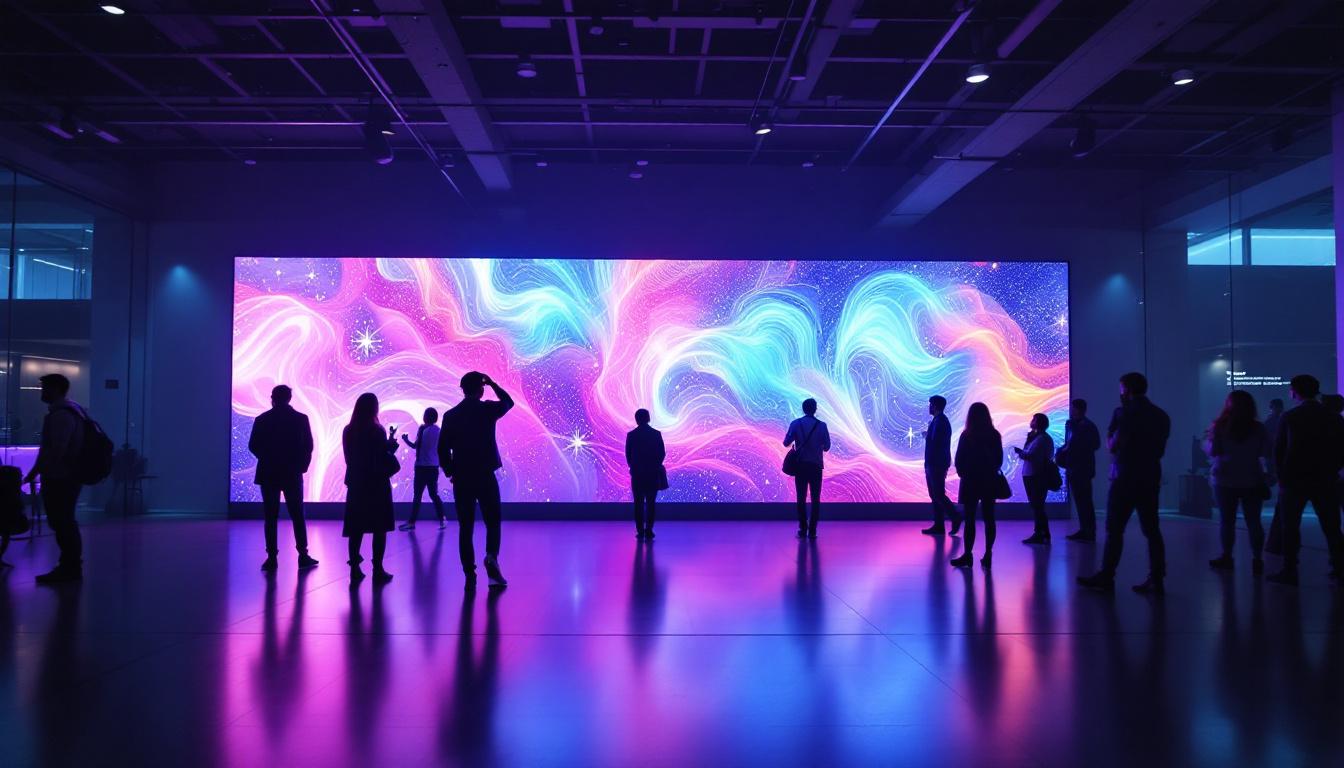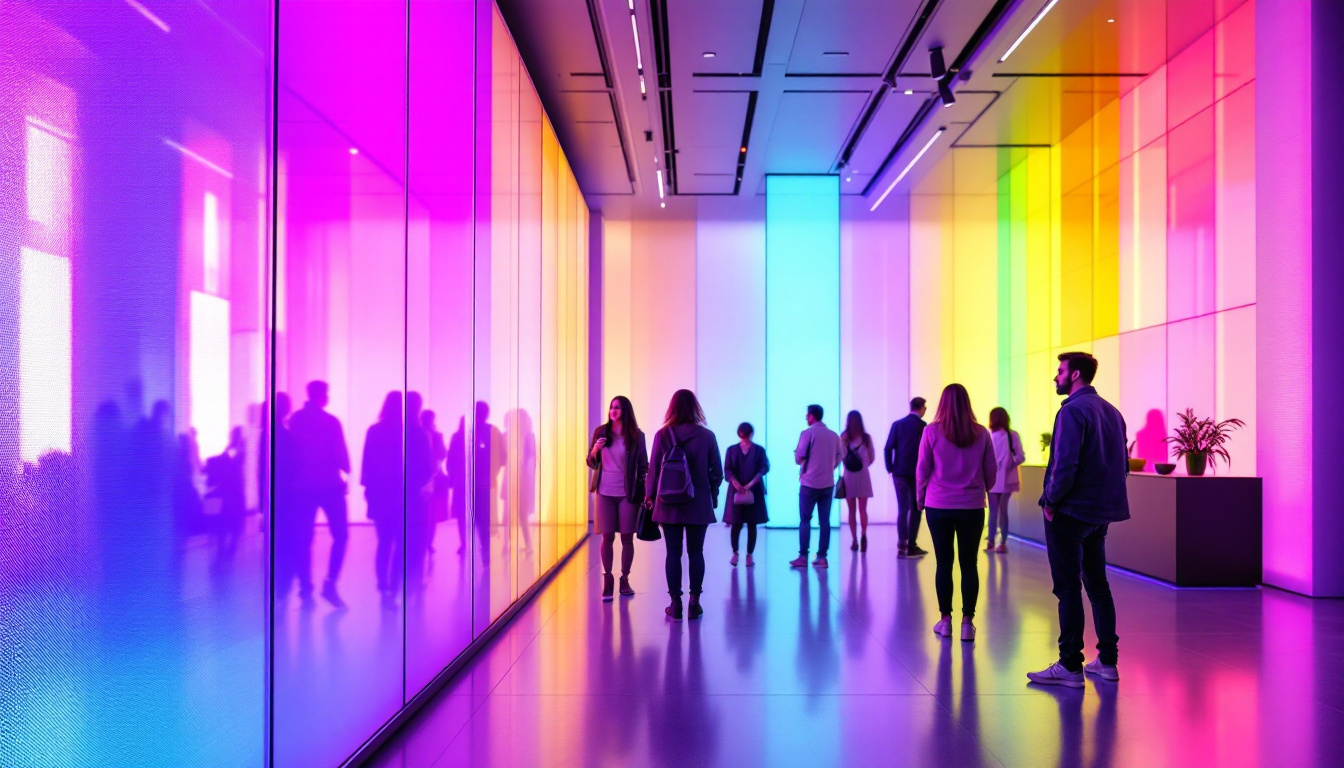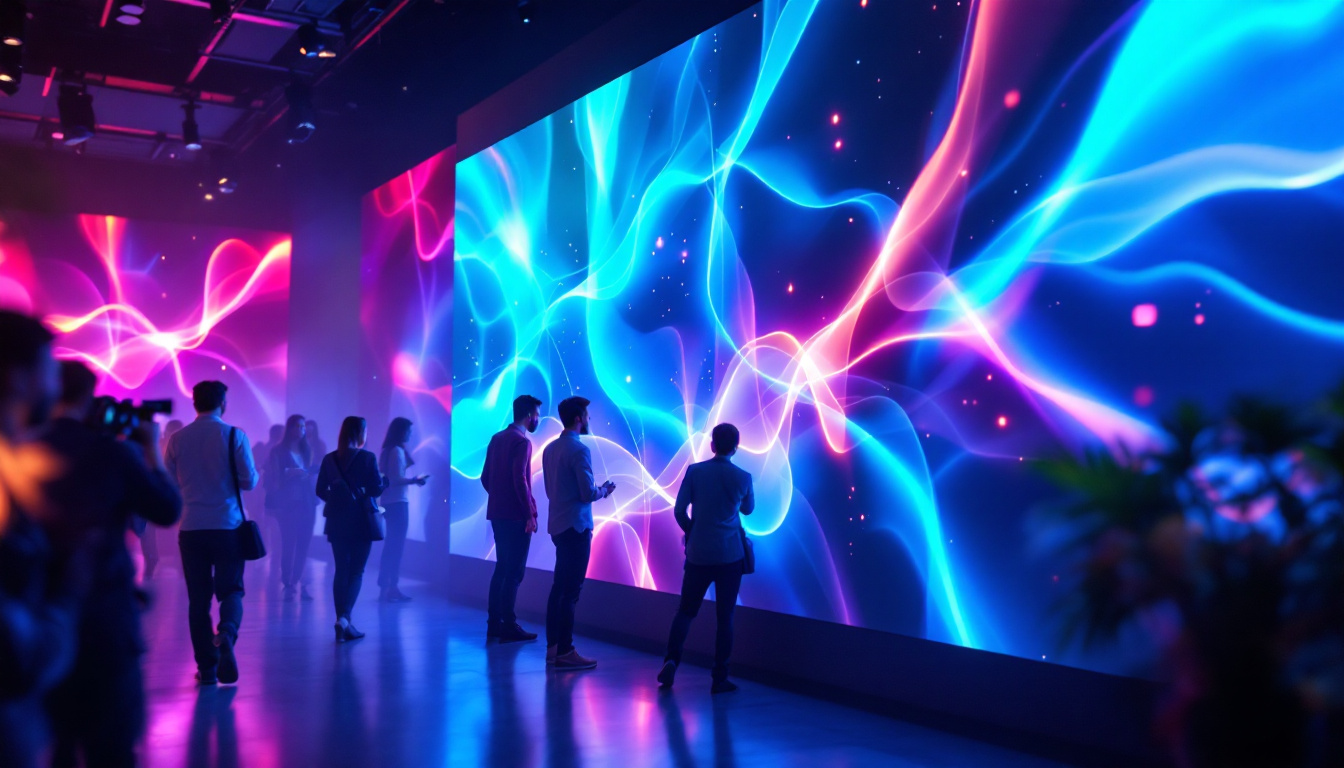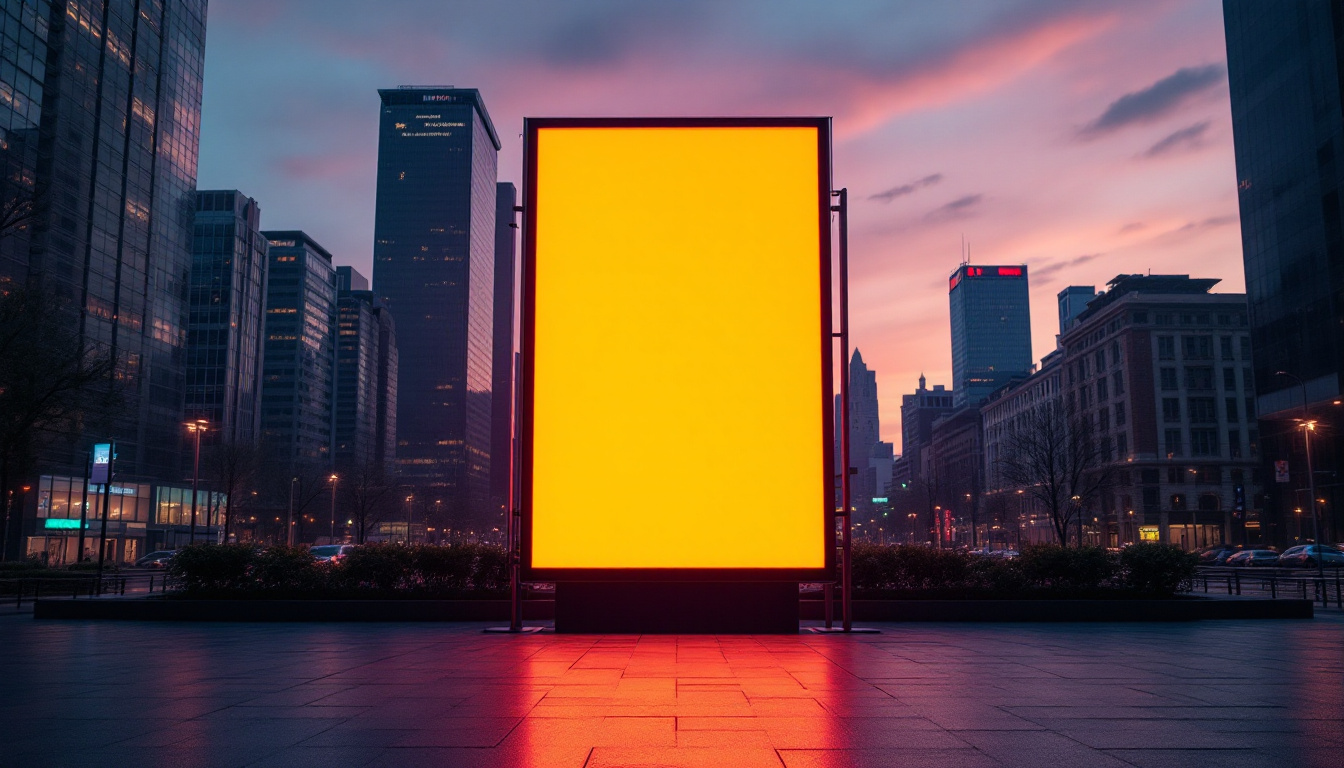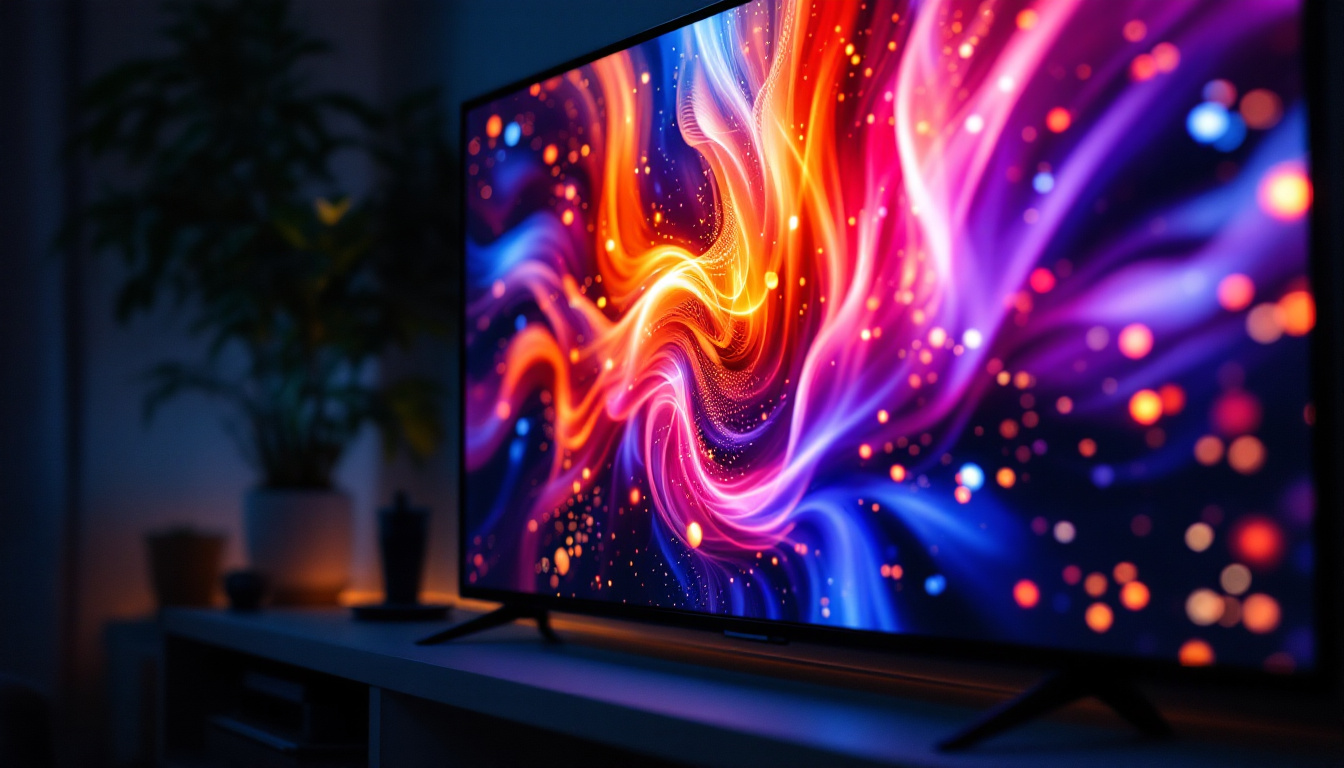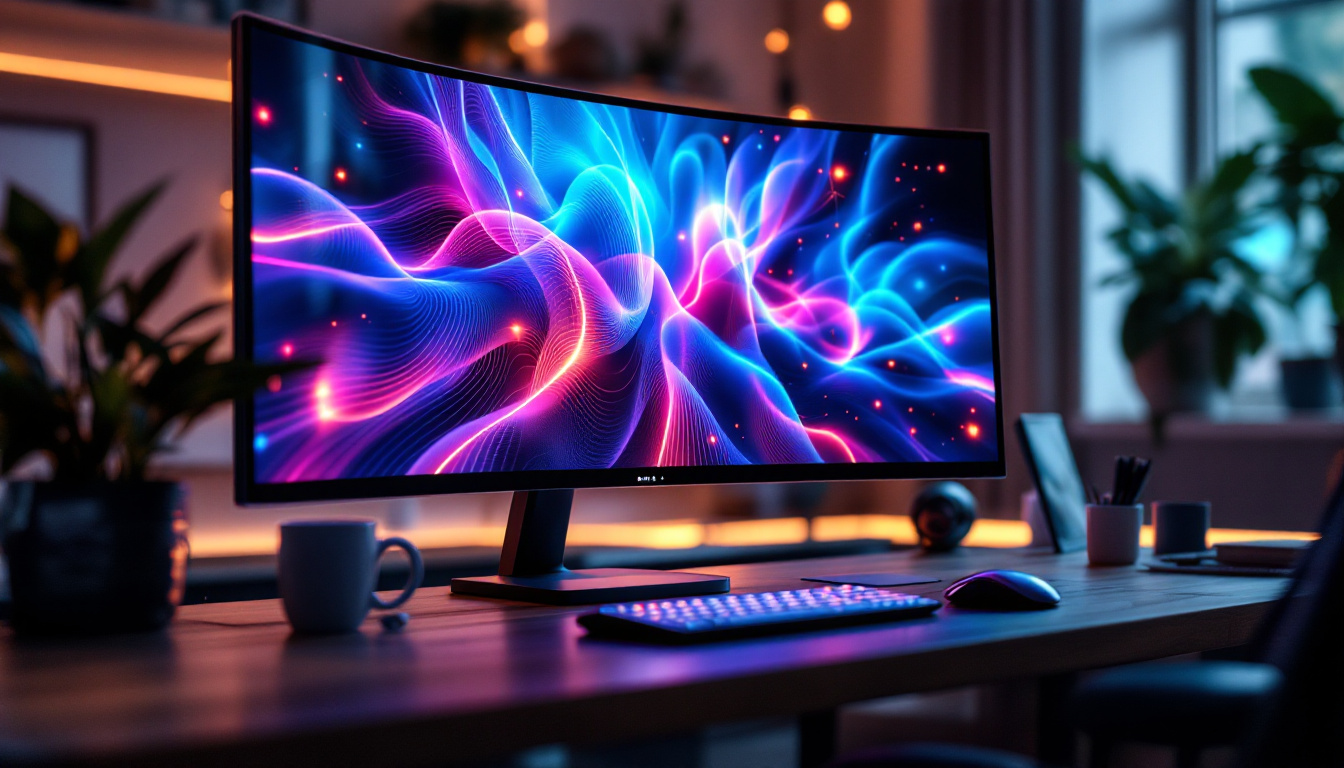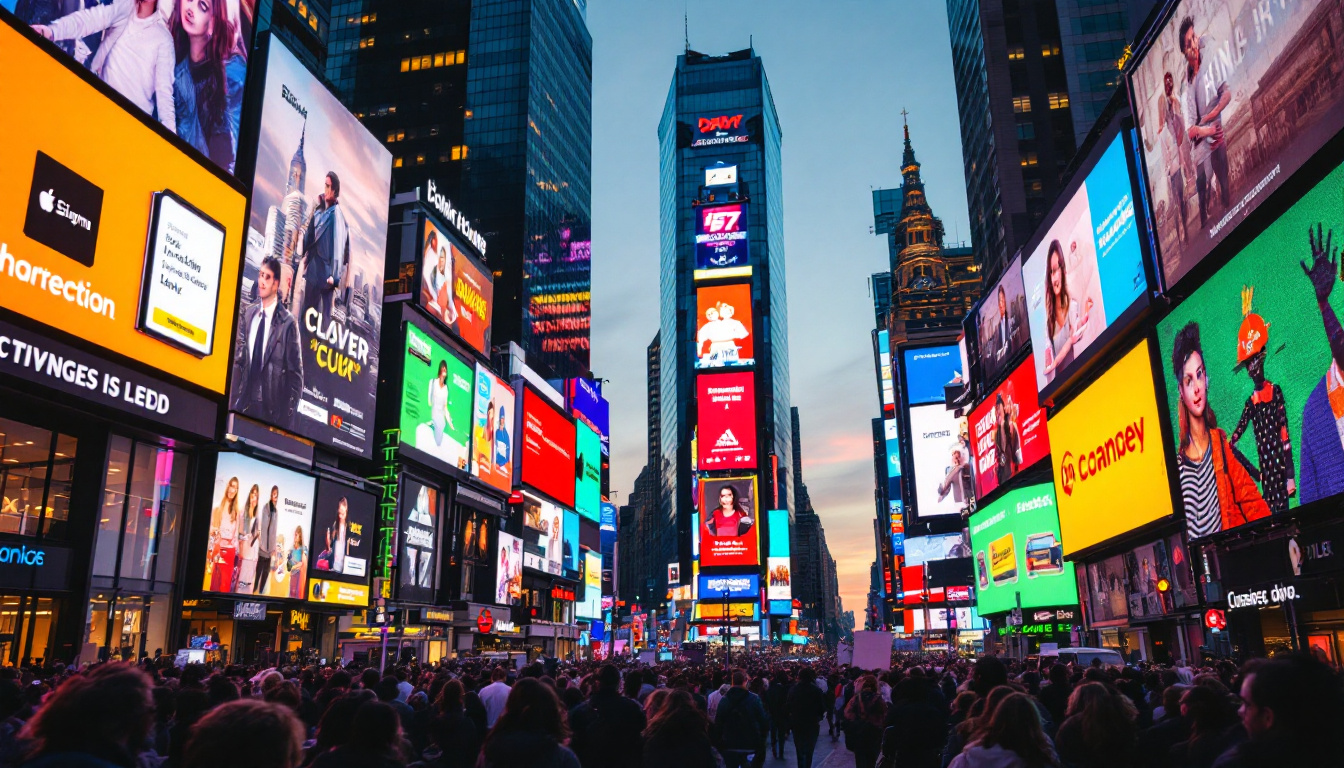In the world of modern visual technology, LED displays have become a staple for both commercial and personal use. Their ability to deliver vibrant colors and high brightness levels makes them ideal for various applications, from advertising billboards to home theaters. However, understanding the resolution of these displays is crucial for achieving optimal visual performance. This article will explore the intricacies of LED wall resolution, how to calculate it, and the factors that influence display quality.
Understanding LED Wall Resolution
LED wall resolution refers to the number of pixels contained within a display, typically expressed in terms of width by height (e.g., 1920×1080). The resolution directly impacts the clarity and detail of the images displayed. Higher resolutions provide sharper images, while lower resolutions may result in pixelation and a less immersive viewing experience. As technology advances, the demand for higher resolutions continues to grow, with 4K and even 8K displays becoming more prevalent in both commercial and residential settings. This shift not only enhances the visual experience but also allows for more intricate details to be showcased, making it an essential consideration for any display setup.
What is Pixel Pitch?
Pixel pitch is a critical factor in determining LED display resolution. It refers to the distance, measured in millimeters, between the centers of two adjacent pixels. A smaller pixel pitch means that the pixels are closer together, resulting in a higher resolution and better image quality. Conversely, a larger pixel pitch can lead to a lower resolution and a more noticeable pixel structure. The choice of pixel pitch is crucial for applications where image quality is paramount, such as in high-end video walls or digital signage in luxury retail environments.
For instance, a display with a pixel pitch of 1.5mm will have a higher resolution than one with a pixel pitch of 3mm when both are of the same size. This is particularly important in settings where viewers are close to the screen, such as in retail environments or intimate venues. Additionally, understanding pixel pitch can help businesses make informed decisions about their display investments, ensuring that they choose the right technology to meet their specific needs and audience expectations.
Types of LED Displays
LED displays come in various types, each designed for specific applications. The most common types include:
- Indoor LED Displays: These displays are designed for use in controlled environments, such as shopping malls and conference rooms. They typically have a finer pixel pitch, allowing for higher resolutions. Indoor displays often feature vibrant colors and high brightness levels, making them ideal for presentations and advertising in well-lit spaces.
- Outdoor LED Displays: Built to withstand weather conditions, outdoor displays have a larger pixel pitch to ensure visibility from greater distances. They are commonly used for billboards and large advertising screens. These displays are engineered to endure harsh elements, including rain, sunlight, and temperature fluctuations, ensuring that the content remains visible and engaging at all times.
- Transparent LED Displays: These innovative displays allow light to pass through, making them ideal for storefronts and exhibitions. They offer a unique visual experience while maintaining transparency. This technology not only enhances the aesthetic appeal of a space but also allows businesses to display dynamic content without obstructing the view of their products or surroundings.
In addition to these types, there are also specialized LED displays, such as flexible LED screens that can be curved or shaped to fit unique installations, and high-definition LED displays that cater to environments requiring exceptional image quality, like control rooms and broadcast studios. Each type of display serves a specific purpose, and understanding their differences can help businesses and individuals select the right solution for their visual communication needs.
Calculating LED Wall Resolution
To effectively utilize an LED display, it is essential to calculate its resolution accurately. This involves understanding the dimensions of the display and the pixel pitch. The resolution can be calculated using a simple formula:
Formula for Resolution Calculation
The resolution of an LED wall can be calculated using the following formula:
Resolution = (Width of Display in mm / Pixel Pitch) x (Height of Display in mm / Pixel Pitch)
For example, if you have a display that is 2000mm wide and 1000mm high with a pixel pitch of 2mm, the calculation would be:
Resolution = (2000 / 2) x (1000 / 2) = 1000 x 500 = 500,000 pixels
This calculation provides the total number of pixels, which is crucial for determining the display’s overall clarity and performance.
Practical Example
Consider a scenario where a company is looking to install a new LED display for advertising purposes. They decide on a display that measures 3000mm in width and 1500mm in height, with a pixel pitch of 3mm. Using the formula:
Resolution = (3000 / 3) x (1500 / 3) = 1000 x 500 = 500,000 pixels
This resolution indicates that the display will provide a decent level of detail, suitable for viewing from a distance. However, if the company wants to enhance image quality, they might consider a display with a smaller pixel pitch, which would yield a higher resolution.
Additionally, it’s important to consider the viewing distance when selecting an LED wall. The pixel pitch directly influences how close viewers can be to the display without noticing the individual pixels. A smaller pixel pitch allows for closer viewing, making it ideal for environments such as shopping malls or conference centers where the audience may be nearer to the screen. Conversely, larger pixel pitches are more suitable for outdoor displays or large venues where viewers will be further away, ensuring that the image remains sharp and clear from a distance.
Moreover, the application of the LED wall plays a significant role in determining the appropriate resolution. For instance, a display used for detailed graphics or video content, such as a digital art installation or a broadcast studio, would benefit from a higher resolution to maintain visual fidelity. On the other hand, a display primarily used for text-based information, like a scoreboard or a ticker, may not require as high a resolution, allowing for cost savings while still achieving effective communication.
Factors Influencing LED Display Quality
While resolution is a significant factor in determining the quality of an LED display, several other elements also play a crucial role. Understanding these factors can help in making informed decisions when selecting an LED wall.
Brightness and Contrast Ratio
Brightness, measured in nits, indicates how much light the display emits. A higher brightness level is essential for outdoor displays, ensuring visibility even in direct sunlight. For indoor displays, lower brightness levels may suffice, but a good contrast ratio is still vital for image quality.
The contrast ratio, which compares the brightest white to the darkest black displayed, affects how well images appear on the screen. A higher contrast ratio results in more vibrant colors and deeper blacks, enhancing the overall viewing experience.
Color Accuracy
Color accuracy is another critical aspect of LED display quality. Displays that can reproduce a wider color gamut and maintain color consistency across different viewing angles provide a more immersive experience. This is particularly important in settings such as art galleries or retail spaces, where accurate color representation is essential.
Viewing Distance
The ideal viewing distance for an LED display is influenced by its resolution and pixel pitch. Displays with a finer pixel pitch can be viewed from closer distances without sacrificing image quality. Conversely, displays with a larger pixel pitch are better suited for viewing from further away. Understanding the intended viewing distance can help in selecting the appropriate display specifications.
Choosing the Right LED Display
Selecting the right LED display involves considering several factors, including the intended application, environment, and budget. Here are some key points to keep in mind when making a decision.
Application and Environment
Different applications require different types of displays. For example, an indoor display for a corporate event may prioritize resolution and color accuracy, while an outdoor billboard may focus on brightness and durability. Assessing the environment where the display will be installed is crucial in making the right choice.
Budget Considerations
Budget constraints often play a significant role in the selection process. Higher resolution displays with finer pixel pitches tend to be more expensive. It is essential to balance the desired quality with the available budget, ensuring that the chosen display meets the requirements without overspending.
Future-Proofing
As technology continues to evolve, it is wise to consider future-proofing when selecting an LED display. Investing in a display with higher resolution and advanced features may provide better longevity and adaptability to future needs. This foresight can save costs in the long run by reducing the need for frequent upgrades.
Conclusion
Understanding LED wall resolution and the factors that influence display quality is essential for anyone looking to invest in LED technology. By calculating resolution accurately and considering aspects such as brightness, contrast, color accuracy, and viewing distance, one can make informed decisions that enhance the visual experience.
As LED technology continues to advance, staying informed about the latest developments and trends will ensure that users can take full advantage of the capabilities these displays offer. Whether for commercial advertising, entertainment, or personal use, a well-chosen LED display can significantly impact how content is delivered and experienced.
Discover LumenMatrix LED Display Solutions
Ready to elevate your visual experience with the latest in LED display technology? Look no further than LumenMatrix, a pioneer in crafting immersive and dynamic LED displays for every application. From vibrant indoor and outdoor displays to innovative custom solutions, LumenMatrix is dedicated to transforming your visual communication and engagement. Don’t miss the opportunity to captivate your audience with unparalleled clarity and impact. Check out LumenMatrix LED Display Solutions today and see your vision come to life.



